When Tony de Zorzi lifted his helmet at St George’s Park on Tuesday night to expose his magnificent set of locks, but probably more importantly, to acknowledge the fact that he had scored a One-Day International (ODI) hundred, he achieved something which judging by the general level of discussion in South Africa was something of a miracle. He matched Reeza Hendricks’ ODI century career tally. To be clear that is just one century, so he was probably thinking more about the fact that he’d scored his first century in international cricket, rather than the fact that he had matched Hendricks’ ton tally. Still though, given the at times rabid clamouring for Hendricks, you would be forgiven for thinking that his international cricket stats are basically on par with the finest cricketers of the day.
I’m going to preface the rest of this article by saying something from the outset: I really like Reeza Hendricks, both as a player and a person. I’m also really happy he’s found a home, of sorts, at the top of the order in T20 cricket. His managing to put it all together in the shorter format of the game in what should be the winter of his career has probably been a real boon to his retirement fund. He earned R5.1 million in the SA20 auction at the tail-end of 2022, and will be playing in the Pakistan Super League (PSL) as a gold category player, which will see him earn R950 000 for his efforts. It’s not enough to live in a lair on a private island, but it is a nice little contribution to the retirement fund. But as good as his T20 revival has been, it’s not a stretch to say his ODI numbers have been immensely underwhelming, as they have been for most of his career, debut hundred aside. I need this preface in large part because this feels like a hit piece on a good cricketer.
With that out of the way, it’s time to address the reality. Hendricks is pretty average ODI cricketer. He just is. He’s had 34 ODI matches, and his average is 29.03. That’s technically below average, but it’s at best average. There are many here among us who feel the problem is that he has not been given enough rope to show his wares.
“He may feel aggrieved that the selectors have messed him around “Give him a chance to play uninterrupted ODI cricket for two seasons.
“Politics ruled him out [in the past]. Just look at what happened at the World Cup – he got two chances, and in the one innings he hit 85.”
That’s the opine of Proteas legend Herschelle Gibbs.
“They should have backed him and let him play for 10 games in a row. That explains why he only has an average of 29.58 in 31 games. He could be twice as good”
Those were the words of the 1999 Cricket World Cup player of the tournament, Lance Klusener. You could argue that there is not a single person with a more prestigious accolade in South African ODI cricket history, which in turn means he might be the most qualified man in the country to discuss the matter of formulating ODI success.
It seems like the general opinion of the cricketing fraternity in South Africa is that Hendricks is an underrated cricketer who deserves more opportunities. I thought that an interesting perspective, and wondered whether or not the numbers supported this assertion.
Hendricks has scored 929 ODI runs at an average of 29.03. Would you believe that in the 30-year history of South Africa’s ODI cricket, there isn’t a single specialist batsman who has played more matches with a worse average? Not a single one. For Herschelle Gibbs to suggest that the only plausible reason someone who is statistically the worst specialist batsman in the history of South African cricket didn’t get a chance is politics, is remarkable. It is difficult, if not outright impossible to ignore politics when discussing South African cricket, so I promise I will get back to that. But first, we need to assess the basic validity of the charge being made. That charge of course being that Reeza Hendricks has deserved more chances. And also, that only politics could have kept someone of his calibre out of the side.
Worst specialist batsmen averages in SA ODI cricket (min 30 matches batting at 1-7)
| Player | Matches | Runs | average |
| Reeza Hendricks | 34 | 929 | 29.03 |
| Andrew Hudson | 89 | 2559 | 29.41 |
| Farhaan Behardien | 59 | 1074 | 30.68 |
| Kepler Wessels | 55 | 1627 | 32.54 |
| Daryl Cullinan | 138 | 3860 | 32.99 |
Okay so historically he hasn’t been the best. The table above doesn’t even take into account the fact that three of the batsmen on the list plied their trade in the 90s when averages were lower. The average batsman averaged 29.28 in the 1990s. By contrast, throughout Hendricks’ average has climbed incrementally to 30.95. In other words, Wessels, Cullinan, and Hudson were a smidge above average for their era, while Reeza Hendricks is nearly two runs below the median for his playing day.
Of course, sometimes statistics hide more than they reveal. Hendricks is currently an opener, and maybe his stats hide the fact that he’s been a dominant bat at the top of the order? Instinctively, my answer is no, but I thought it bore investigation. Hendricks has played 21 matches as an opener. Now, full disclosure, if you use a minimum run scored qualifier of 200 runs, some pretty abject batting averages in the data set don’t belong to Hendricks, but seeing as the argument is that he should have played more, not less, I’ve chosen to use his amount of matches played as opener as the minimum requirement, and once again in the 30-year history of South African cricket, there is not a single opening batsman who has a worse average for South African cricket.
Lowest averages for a South African opener in ODI cricket (min. 21 matches)
| Player | Matches | Runs scored | Average |
| Reeza Hendricks | 21 | 532 | 26.60 |
| Andrew Hudson | 88 | 2559 | 29.41 |
| AB de Villiers | 33 | 934 | 32.20 |
| Herschelle Gibbs | 183 | 6103 | 35.69 |
| Graeme Smith | 195 | 6974 | 38.31 |
Now to be fair, this list seems to say more about how good South Africa’s openers have historically been. The fifth-worst opener of averaging 38 seems to suggest the selectors have traditionally been very quick to cut the cord if a player has shown weakness. That said, 26.60 is a rather mediocre average for a player being held back by The Man. Moreover, only 11 players have ever opened in 21 or more ODI matches for South Africa. Once again, the length of rope given to Hendricks seems to exceed the results he’s produced.
Of course, I’m doing some seriously long-horizon viewing. Thirty years of history doesn’t always translate well to what is happening now. Sometimes when one looks at the bigger picture, they can completely lose the details happening now. Throughout 2023, South Africa have at times looked like the most explosive batting lineup, maybe ever. In between bouts of getting rolled for 100 by India, of course, but still. How has Hendricks shaped up compared to the rest of the line-up? Overall, nine specialist batsmen have played more than two matches for South Africa this year. It’s a pretty low bar to clear, but you’d be shocked to see who is at the foot of the table:
Lowest averages by a specialist batsman for South Africa in 2023 (min. 200 runs)
| Player | matches | Runs | average | Strike rate |
| Reeza Hendricks | 8 | 287 | 35.87 | 82.70 |
| Rassie van der Dussen | 24 | 835 | 36.30 | 82.67 |
| David Miller | 24 | 802 | 44.55 | 112.01 |
| Heinrich Klaasen | 24 | 927 | 46.35 | 140.66 |
| Quinton de Kock | 24 | 937 | 46.85 | 100.64 |
This list probably does show the folly of looking merely at statistics, I suppose. After all, vd Dussen “only” averaged 36.30, but he did score two tons and averaged 49.77 in the recently concluded World Cup. Ditto de Kock, who scored more runs than any South African ever in World Cup history. Even Hendricks, it must be said, while he had the lowest average, did score 85 in a World Cup match.
I’m not sure that is enough, though. One swallow does not make a summer, and it certainly doesn’t, or shouldn’t, at any rate undo a pretty underwhelming ODI career, however you fame it. To argue that a player who you could honestly argue has the worst profile of any batsman South Africa have ever given a solid run is a victim of politics doesn’t seem to statistically bear out.
So how does one make the claim, then? Well, you’ve got to go all the way back to 2022 for that. South Africa were unceremoniously dumped out of the 2022 World T20 following a defeat to Pakistan, and then a surprise defeat to the Netherlands in the group stages. Incumbent captain, Temba Bavuma was blamed for the defeat, with his rather poor form being pointed. Bavuma did score more runs than anyone in those two matches, but still. He had been poor in T20 that year, and so he made an adequate scapegoat.
In a similar vein, in this year’s World Cup, Bavuma was, to be quite kind – bad. Outright. No one knows why he had to leave the tournament before it started, but the reality is he left the tournament possibly the hottest cricketer in the world, and he returned the butt of many rather unfunny jokes. 145 runs at an average of 18.12 was not good enough. But did it mean he was a beneficiary of some sort of political game? To be clear there is a quota system in South Africa, according to the quota system target, an average of 52% of the team needs to be “of colour”, which for the purpose of this definition means “African/coloured/Indian”. 24% then needs to be black African. Cricket South Africa has not met these targets in years. At the end of the World Cup, 40% of the team composition throughout the year were players of colour, while only 20.5% were black African players. It simply beggars belief that a team that has not at any point in the last four years made an effort to reach these “political” targets suddenly decided they were going to try to fall just short of requirements.
So the argument then becomes that South Africa couldn’t afford to drop a black captain. This argument doesn’t pass the mustard. At the end of South Africa’s aforementioned 2022 World T20 failure, Bavuma got the sack as skipper. Moreover, the only reason he was even made captain was because Quinton de Kock couldn’t be bothered to stick with the role. Don’t take my word for it. In 2020, de Kock was made captain across all three formats. Former Protea cricketer, Faf du Plessis notes in his book, Faf: Through Fire that de Kock was groomed for captaincy in the tumultuous final year of his career. If that’s the case, and I have no reason to doubt him seeing as de Kock was indeed made captain of the national team in all three formats, then the idea that there was a a greater political hand at work doesn’t seem to pass the sniff test.
It seems to my untrained eye that South Africa had their captain, who had arguably been the best opener in the world heading into the tournament, and they stuck with him over a player who had put together one good performance in the World Cup. To argue some sort of political masterplan seems to ignore the reality of South Africa adjusting to long-term plans that faltered when de Kock decided he wasn’t up for leadership, and also decided that there’s an actual chance a team would drop their captain who averages nearly 50 for a player who over whatever time horizon or qualifier you could choose has been the worse player, and is near the bottom of all players to be given multiple goes at the Protea cap. If I didn’t know better, I’d say that someone trying to push this position might have political views of their own.

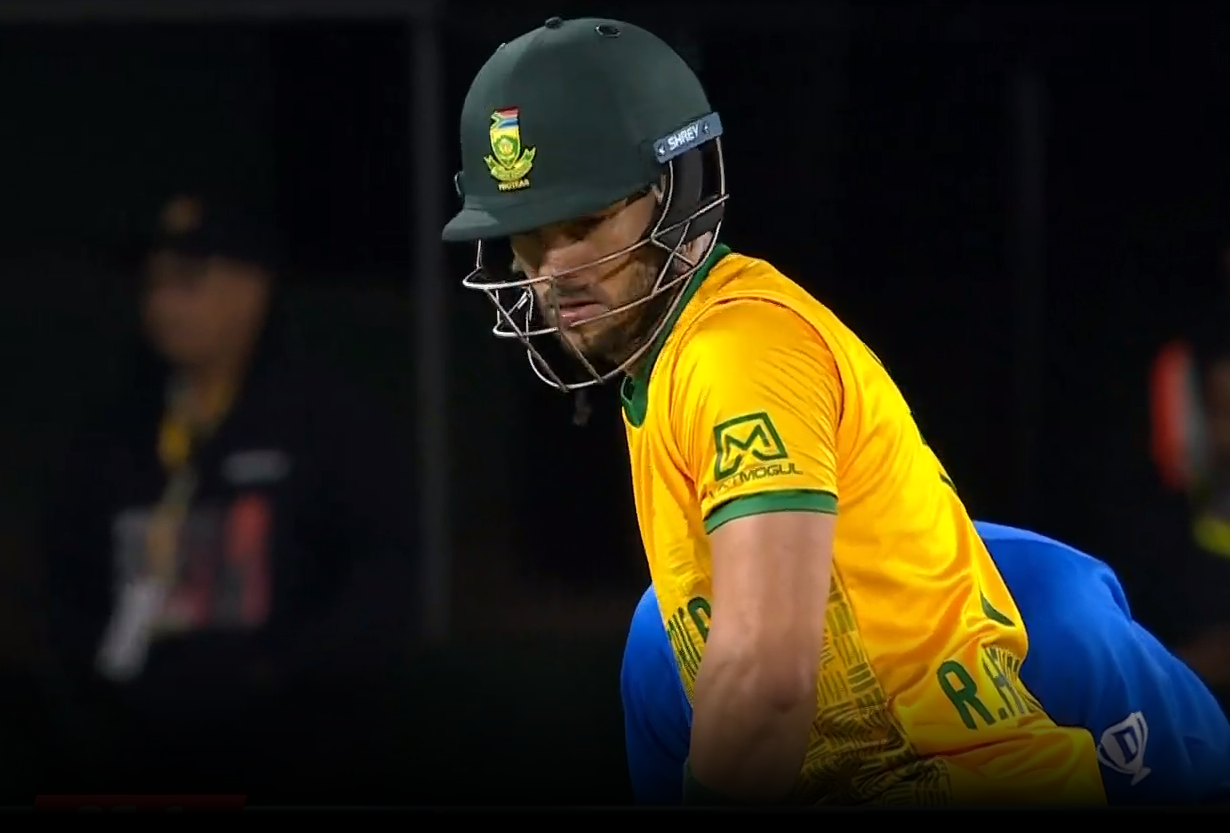
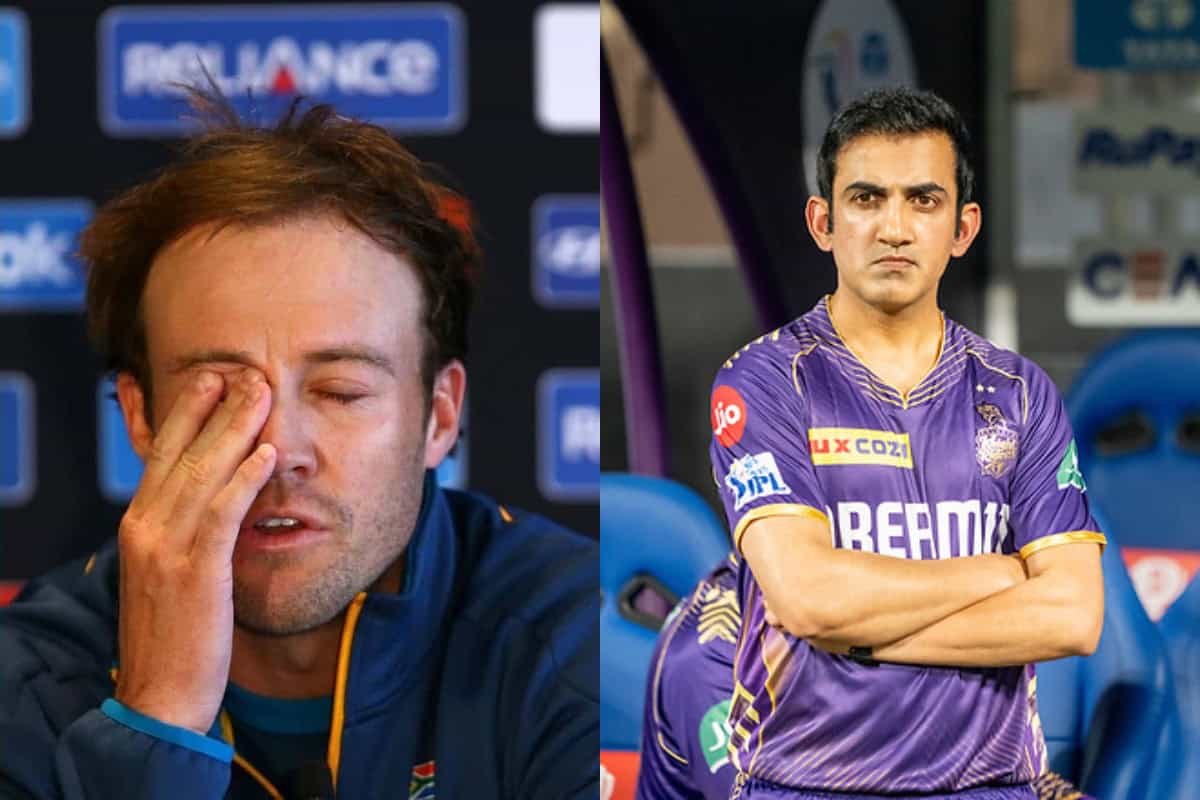
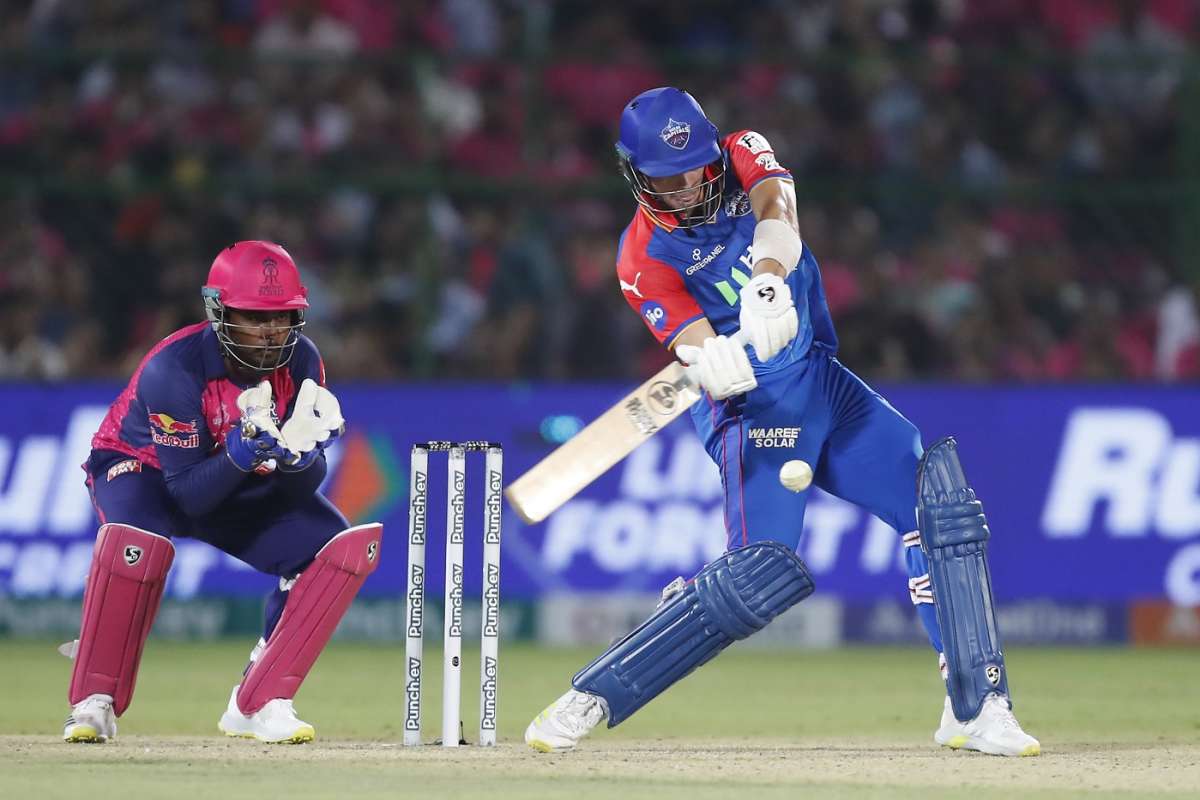
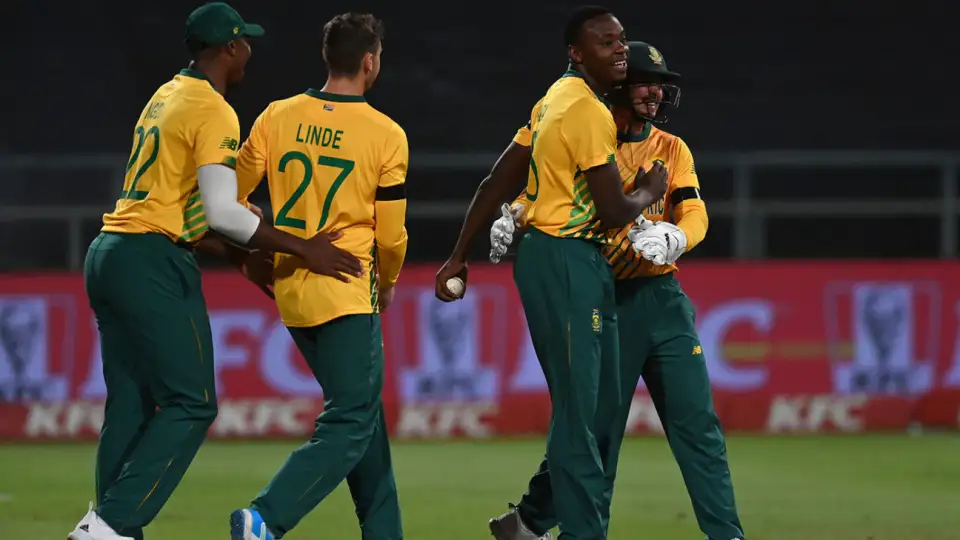
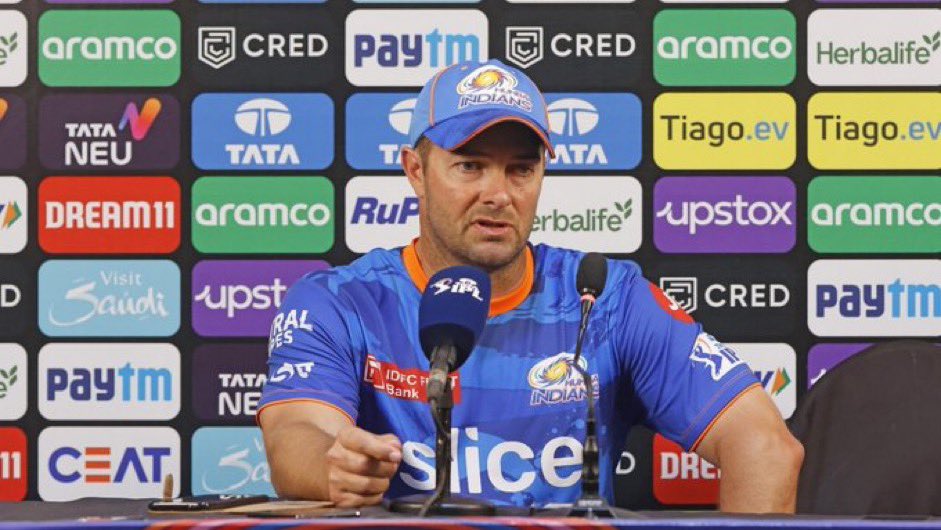
Leave a Reply